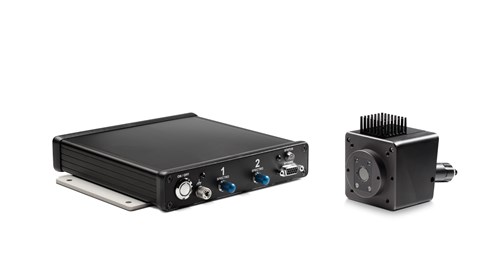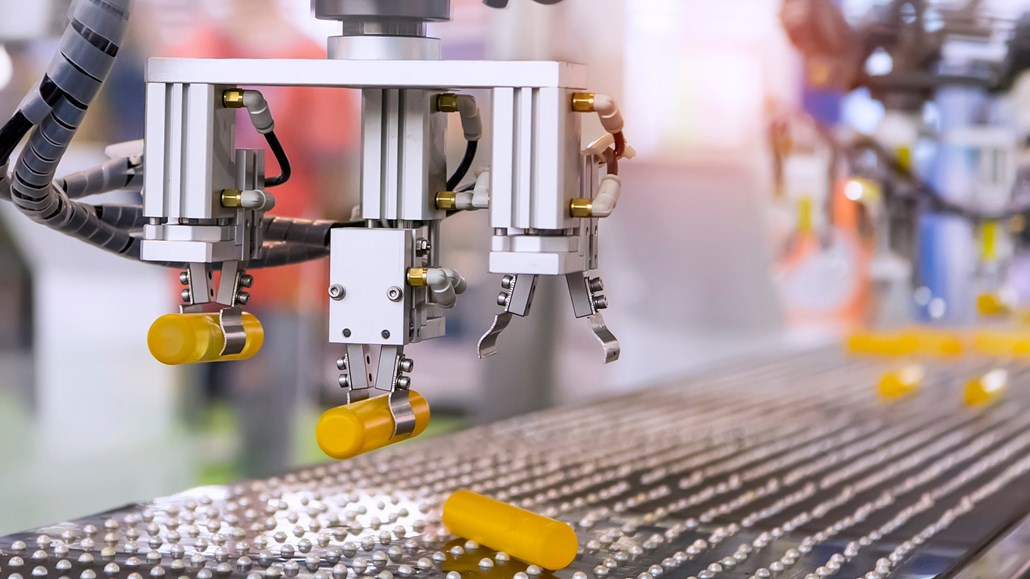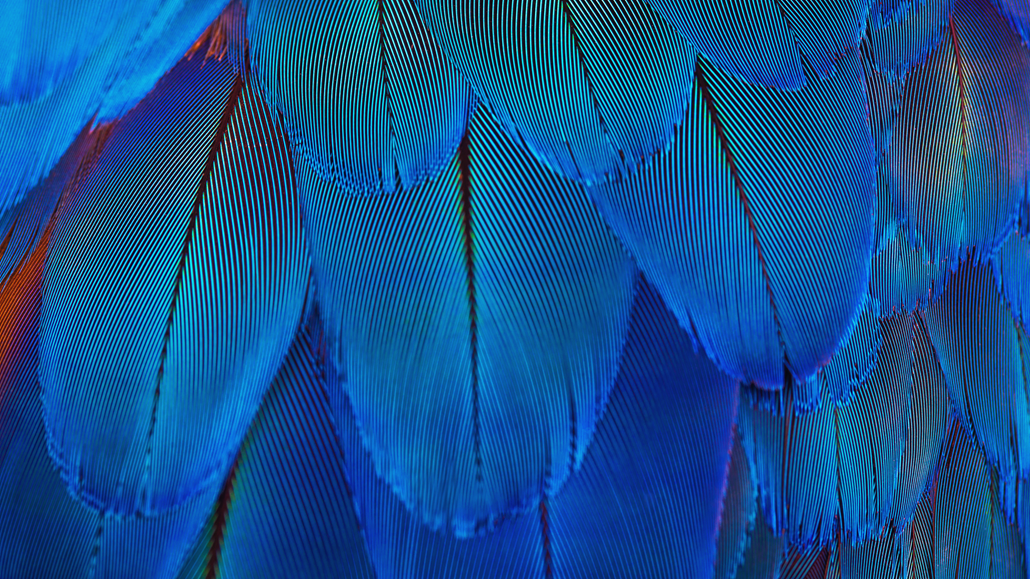Product Details
The Ocean Applied D8 color inspection system is a robust in-line color matching tool for quality control and precise color consistency. The system is designed for challenging industrial applications, such as consumer electronics manufacturing, and it provides lab-quality measurements directly on the manufacturing line. Its non-contact, real-time spectrophotometer performs measurements in less than a second, enabling throughputs of over 500,000 samples per day with zero cross-contamination. The compact design allows color measurement with the specular component included (SCI) or specular component excluded (SCE) using diffuse illumination and an 8° measurement angle.
At the core of the D8 series is the integration of illumination optics and measurement sensors into a compact assembly that fits into small spaces. It has a fully sealed, chemically resistant case with an easily cleaned and replaceable sapphire window, which protects the integrating sphere and internal optics from dust and other contaminants. There are several configurations available depending on your needs, such as ultra-small spot size measurements, combined SCI and SCE, or fiber-less measurement heads for a movable system.
Product Overview
- Non-Contact – Throughput can be rapidly increased to 500,000+ parts per day without any cross-contamination or damage to delicate parts
- Compact – The small, diffuse/8° measurement head can be placed in-line just about anywhere on the production line
- Outputs – Lab-quality reflectance and CIE colorimetric data from 400-700 nm for extremely precise color quality
- Multiple Configurations – Besides the standard version, other models are configured for:
- Ultra-small spot size measurements
- SCI and SCE measurements for high-gloss parts
- Ruggedized, movable system for easy in-line integration and operation in harsh environments
D8 Series Specifications
| Measurement geometry | Diffuse/8°, configured for SCI, SCE or both, conforms to CIE No. 15 |
| Detector | 1024 element array |
| Wavelength Range | 400 – 700 nm |
| Photometric Range | 0 to 150% with 0.01% resolution, colormetric resolution 0.01 CIELAB units |
| Light Source | Pulsed LED, lamp life > 250M measurements |
| Integrating Sphere Size | ∅50 mm |
| Cycle Time | < 150 ms |
| Measurement Distance | 0.5 mm ± 0.1 mm |
| Measurement/Illumination Area | 2 x 2 mm / ∅10 mm (smaller measurement areas down to ∅0.6mm available) |
| Repeatability | Standard deviation of 0.01 △E*ab and 0.04% reflectance (typical) – Measured white calibration tile 100 times at 1-second intervals |
| Inter-Instrument Agreement |
Mean 0.12 ΔE*ab (typical) average for 12 ceramic reference tiles, across 40 production systems. Distance measured from the mean of all measurements for each tile. Max 0.4 ΔE*ab for 12 ceramic reference tiles. |
| Data Interface | USB 2.0 |
| Hardware Triggering |
Trigger input: Opto-isolated BNC, 5V rising edge (internal 360 Ω resistor) Trigger output: 5 VDC, 15 mA max over BNC, active-high pulse at beginning of measurement (may be used to sync multiple sensors) |
| Dimensions |
Head: 58.0 x 124.5 x 73.9 mm (2.28 x 4.90 x 2.91 in.) Control Unit: 206.8 x 35.7 x 169.5 mm (8.14 x 1.41 x 6.67 in.) Dimensions may vary based on measurement geometry selected |
| Weight |
Head: 0.36kg (0.8 lbs.) Control Unit: 2.29kg (5.05 lbs.) Weight may vary based on measurement geometry selected |
| Input Power | AC 100-250V @ 50-60 Hz, 5.86 VA average (using included AC adapter) |
| Operating Temperature | 60° to 95° F (15° to 30° C), relative humidity 80% or less with no condensation |
| Storage Temperature | -40° to 116° F (-40° to 47° C), relative humidity 80% or less with no condensation |
Industries
Downloads
application note
product sheet
Additional Information
Click on this link that will take you to a roundtable discussion. You’ll hear our experts describe the basics of color, differences in emissive and reflective color measurements, and color applications that transcend aesthetic considerations.
To improve product quality and streamline processes, manufacturers are constantly seeking more effective methods of in-line color monitoring. In this application note, we discuss a versatile spectral system for non-contact color measurements.





